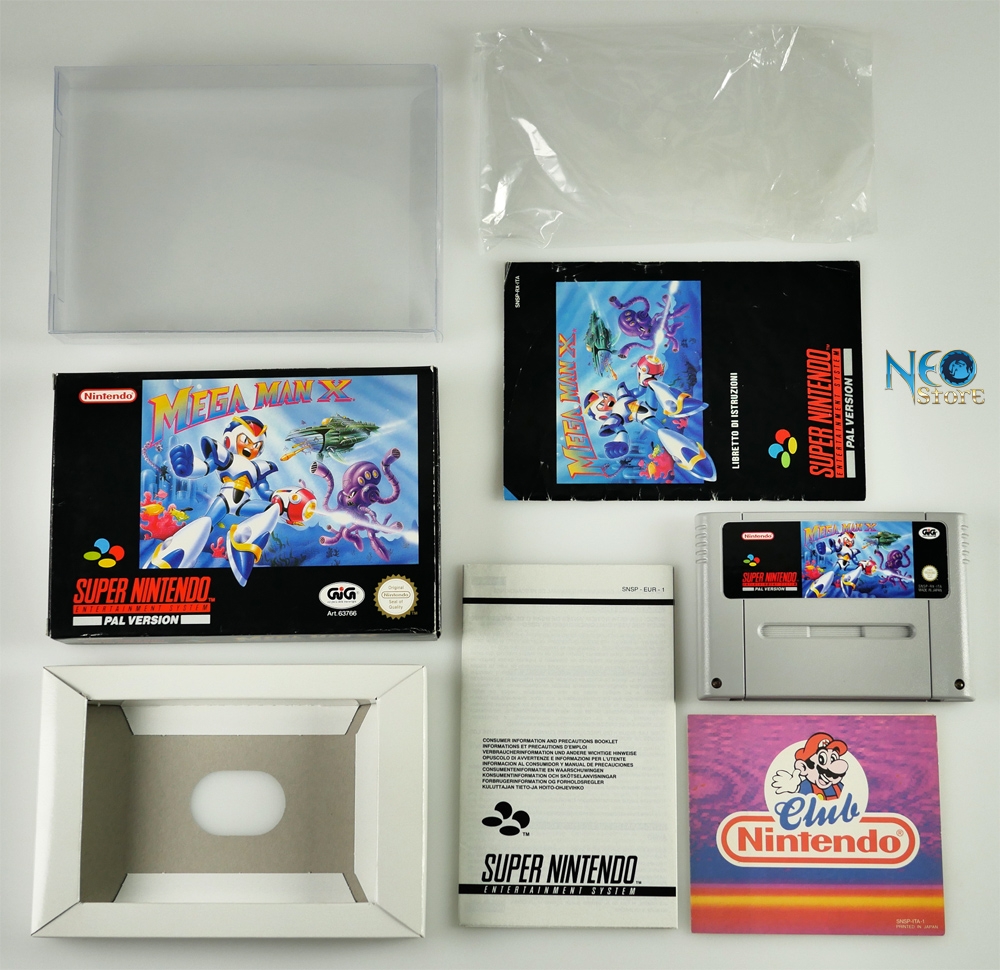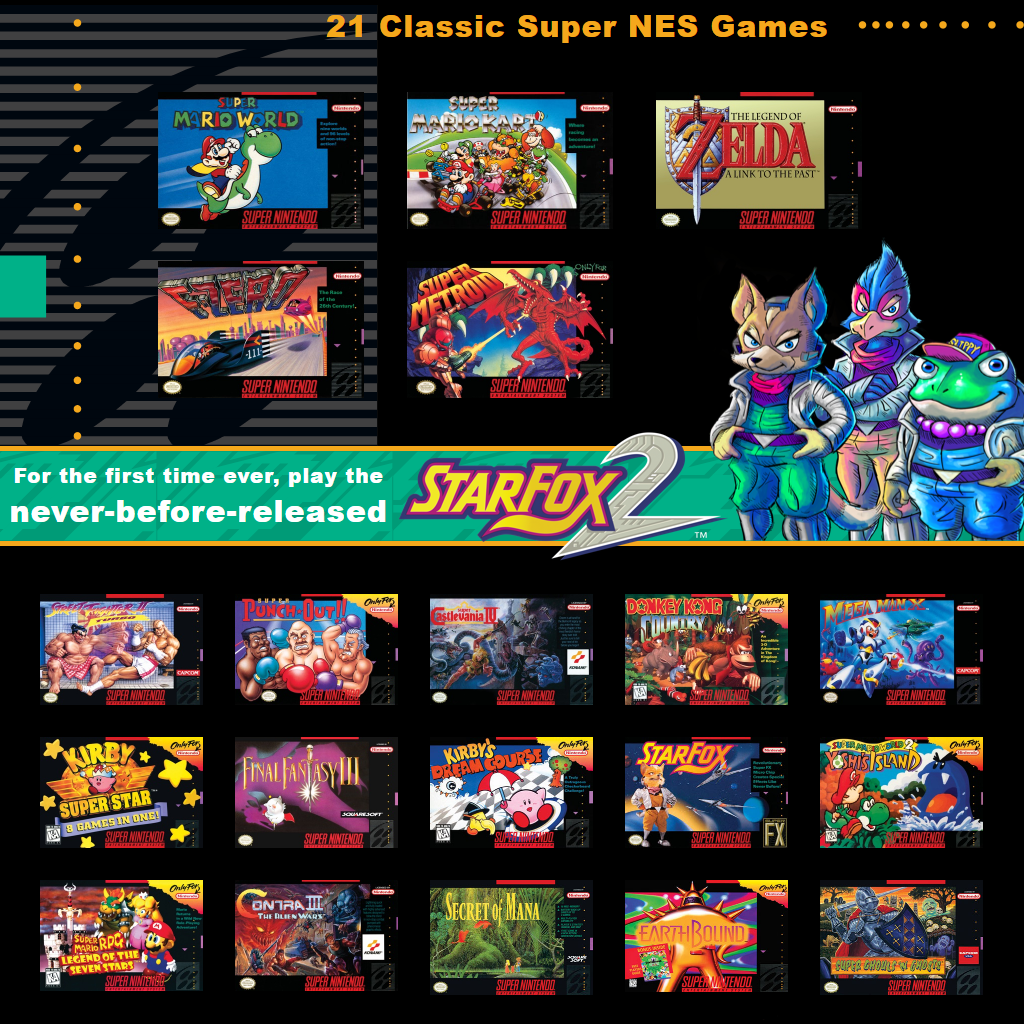

The magazine also contained an interview with Rayman creator Michel Ancel on the subject. On the 4th of July 2010, French retro-gaming magazine Pix’N Love revealed that, at the very beginning of its development, the original Rayman game was intended to be released for the Super Nintendo Entertainment System. The PAL-region version of the device looks very similar but has the model number “SNSP-001A” and is not compatible.An extract from Pix’N Love's article about the cancelled SNES version of the original Rayman, featuring three screenshots. You can identify the Super Famicom by looking for the model number “SHVC-001” on a sticker on the bottom of the console.

The system was released with the games Super Mario World and F-Zero, but the following years saw the production of more classic games like the Legend of Zelda: A Link to the Past and Donkey Kong Country. Along with the new console, Nintendo released new controllers featuring two shoulder buttons and two new “X” and “Y” buttons for the right hand. It uses cartridges for loading games, and the cartridge port on the system is located on the top center of the machine. The console has the words “Super Famicom” printed near the two controller ports on the front of the device. The Japanese Super Famicom is made from gray plastic, but this material can age over time, eventually turning yellow.

It was the best-selling 16-bit console, out pacing the Sega Genesis and NEC’s PC Engine. The Super Famicom is the successor to Nintendo’s earlier Famicom (or Family Computer) console. The Super Famicom is the name of the console in Japan, but the same system was released internationally as the Super Nintendo Entertainment System or the SNES. The Super Famicom is a 16-bit game console released by Nintendo in November 1990.


 0 kommentar(er)
0 kommentar(er)
